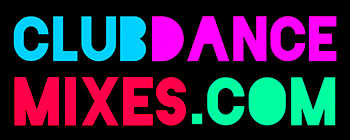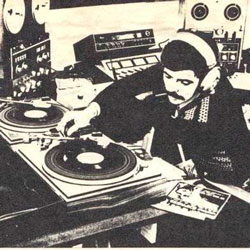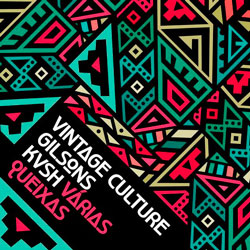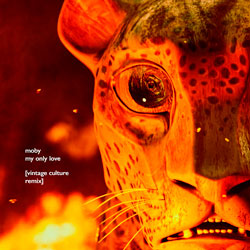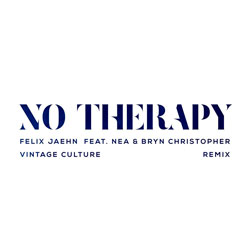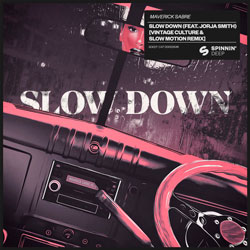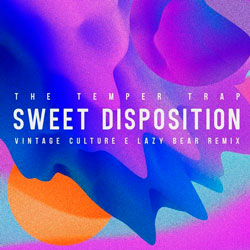Hip Hop and R&B have, without question, been the dominant music genre of the 2000s in bars and nightclubs around the world. Approximately 40% of number one hits throughout this period have either been hip hop or RnB, illustrating how a once-obscure music genre can dominate the mainstream music charts for over a decade, and even create a unique youth culture with dozens of subcultures.
The father of hip hop culture is DJ Afrika Bambaataa, who forged the five pillars of hip hop culture during the '70s: DJing, MCing, break dancing, graffiti, and knowledge. Beat boxing, an arguably late edition to these pillars, was not originally deemed to be an integral part of hip hop culture, but many now consider it as a defining item of the culture.
Originating from the Bronx, hip hop culture is most identifiable with African Americans, but has been adopted by all ethnicities both in the USA and around the world, largely due to the contribution of hip hop groups such as RUN DMC and Public Enemy, as well as hip hop music icons such as Grand Master Flash during the late 80’s. Massive contributions to hip hop music and culture were also made by notable break dance crews including the Rock Steady Crew, New York Breakers, as well as the Kool DJ Herc, who pioneered the hip style of DJing and turntablism, which is still used today.
Due to the explicit language and controversial topics that hip hop music addressed, conservative groups moved to censor hip hop music and artists on the basis that that they glorified drugs and violence. If anything, this only increased the popularity of the hip hop artists they tried to regulate, and reinforced existing prejudices that proponents of hip hop music and culture had against censorship from the police and government.
Hip hop music and culture is so popular that TIME magazine published an article “Hip Hop is the Most Important Youth Culture on the Planet,” highlighting how every country has its own brand and take on hip hop music and culture. Hip hop and R&B are set to only grow, as a never ending line-up of artists showcase their skills around the world and gradually develop the genre into a more sophisticated form of music.
